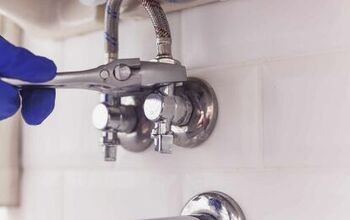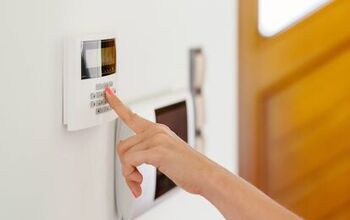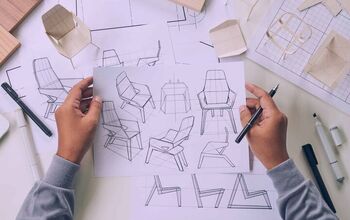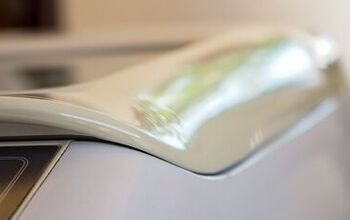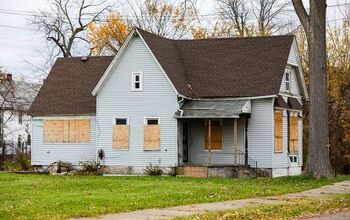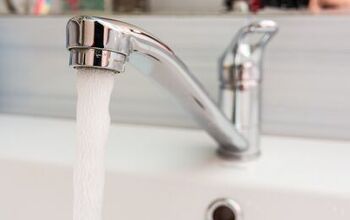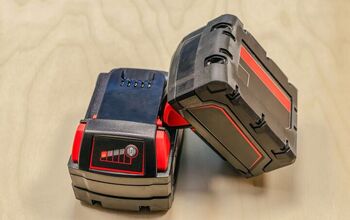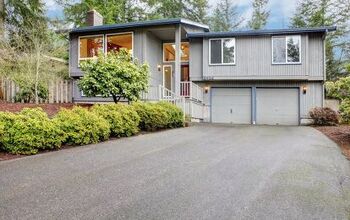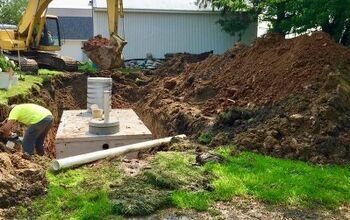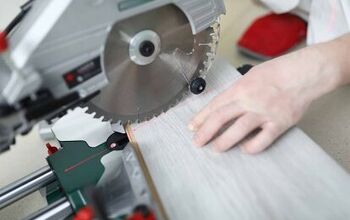Why Won’t My Houseplants Grow?

Houseplants are no different than the plants in your garden. Many problems can hold them back and make it challenging for them to thrive. So, why won’t your houseplants grow?
Your houseplants won’t grow if you overwater them or simply don’t water them enough. They will also struggle to grow if you don’t fertilize your houseplants or give them enough light. Make sure that the soil can drain 1” to 3” of water per hour, or else your houseplants may suffer from root rot.
Check the plant’s leaves for pests, such as spider mites, that often hide on the underside. It also helps to keep a humidifier and humidity meter near your houseplants. Follow along as we explore why your houseplants won’t grow.
Why Is My Indoor Plant Not Growing?
1. Improper Pot Size
How big are the pots that your houseplants are in? Plants must have the correct-sized pot whether you put them inside or outside. For example, a plant with big, deep roots simply cannot thrive in a small pot.
You can start the plant off in a small plant, but you must quickly move it to a big pot once it grows. Otherwise, the roots will become cramped and the plant will stop growing the way it should.
2. Poor Lighting
Houseplants can’t thrive without a nice lighting setup. After all, plants rely on the sun to grow, so you must mimic sunlight in your house. Luckily, you don’t have to spend a fortune to get a great lighting setup for your houseplants.
The position of the lights is just as important as the lights themselves. For example, you must never put the lights too close to the plants. This protects the leaves from getting scorched and ultimately looking bad.
However, you must research the lighting needs of your houseplants. You don’t want to give too much light to a plant that’s supposed to be in the shade for most of the day outdoors.
3. Bad Watering Habits
Watering houseplants sounds easy on paper, but it comes with many nuances. Some plants simply don’t need to be watered every day, whereas others require a rigorous watering schedule. That’s why it’s important to research their watering needs online or at a plant nursery before you buy them.
Ideally, you should touch the soil with your hand before you water your plants. You may not need to water them at all if the top inch of soil is damp when you touch it.
4. Wrong Humidity Level
Humidity contributes an important part to the health of a houseplant. That’s especially true if you have tropical plants in your house. Tropical plants naturally grow in hot, humid climates and cannot thrive in cool, dry locations.
You must always keep a humidity meter in your house if you have tropical houseplants. That way, you can monitor the humidity level and make sure it at least between 40% and 60%. However, some tropical plants do better with a humidity level of 50% to 80%.
Invest in a simple humidifier and keep it near your plants. You can also help raise the humidity level if you mist or spray your houseplants occasionally.
5. Poor Soil Drainage
Have you noticed that water pools in the soil of your houseplants? If so, that means that you either overwatered your plants, or the soil has poor drainage. Poor soil drainage can lead to root rot, and that can explain why your houseplants won’t grow.
Healthy soil can easily drain 1” to 3” of water each hour. Anything less than that is a sign that the soil simply doesn’t drain well enough. In that case, it’s worth it to move your plant to a new pot with some fresh soil.
6. Malnourishment
Plants are similar to people and animals in that they rely on nutrients to thrive and grow. Nutrient-dense soil and fertilizer are essential for houseplants to grow. Some people fertilize their houseplants monthly, whereas others do it every other week.
It ultimately depends on how healthy your plants are. However, you will notice a big difference if you fertilize your plants after they’ve been stagnant for a while. Look for a fertilizer that contains key nutrients like nitrogen, potassium, and phosphorous for the best results.
7. Pest Infestations
Pests are the bane of any gardener’s existence, and they are just as harmful indoors as they are in your garden. Fungus gnats, spider mites, aphids, and springtails are among the most common houseplant pests. They can stop your houseplants from growing and they can spread to all your plants.
Pests commonly latch onto houseplants when you move a plant from your garden into your house. This can even happen if you simply buy plants from a local nursery and bring them inside. That’s why seasoned gardeners recommend that you quarantine plants when you first get them.
Check the undersides and tops of the leaves for pests. Spider mites are quite hard to spot in many cases, so look closely.
8. You Don’t Prune Them
When was the last time you pruned your houseplants? Pruning is necessary, whether your plants are inside or outside. Your houseplants won’t grow fast enough if you don’t prune away the dead growth on them.
Dead leaves not only look bad, but they also hold your houseplants back. You should ideally prune your houseplants at least twice per year. However, it’s important to prune them as needed when you find signs of dead growth.
9. Disease
Plants are prone to diseases that can hinder their growth and ultimately kill them. Everything from mold and mildew to root rot can explain why your houseplants won’t grow. Inspect your plants each time you water them and check for discolored spots on the leaves and stalks.
Wilting leaves sometimes mean your plants need water, but it’s also a sign of disease. Diseases sometimes come from plant nurseries, but they can also occur in your outdoor garden. Check your outdoor plants for signs of disease before you bring them into your house.
10. You Got A Dud
Plant nurseries work hard to take care of their plants before they sell them. Sadly, they can’t always predict which plants will thrive and which ones are duds. Unfortunately, you may have gotten a dud if your houseplant simply won’t grow.
You can tell that’s the case if you do everything correctly and the plant still won’t grow. It may simply have a disease or virus that prevents it from thriving. There’s nothing you can do about this in most cases, so it may be time to give up on the plant.
Summing It Up
Check the soil to see if it drains at least 1” to 3” per hour if your houseplants won’t grow. Keep the humidity at 40% to 60% or up to 80% if you have tropical houseplants. Treat your plants for pests, viruses, and diseases if they won’t grow. Make sure to prune your houseplants as needed to encourage healthy growth.
Related Guides:

Nick Durante is a professional writer with a primary focus on home improvement. When he is not writing about home improvement or taking on projects around the house, he likes to read and create art. He is always looking towards the newest trends in home improvement.
More by Nick Durante















